When you're making a pizza, one thing you have to worry about is proofing the dough. Of course, no one likes making mistakes. If you want the pizza to come out well, you will need as much advice as possible. If you need tips for proofing pizza dough, we have some ideas!
Proofing the dough depends on the pizza recipe. Some will need the dough to rise twice. Regardless, every dough goes through a cold rise stage. In this case, you can place the dough in a container with some olive oil. Then, let it proof for 24 hours or more.
There's so much information out there that it can get confusing to determine what's right. Like anything in cooking, there are various ways to do things. If you're following a recipe, it's best to stick to their instructions. Otherwise, we can make adjustments of our own. If you'd like to learn more, keep reading ahead.
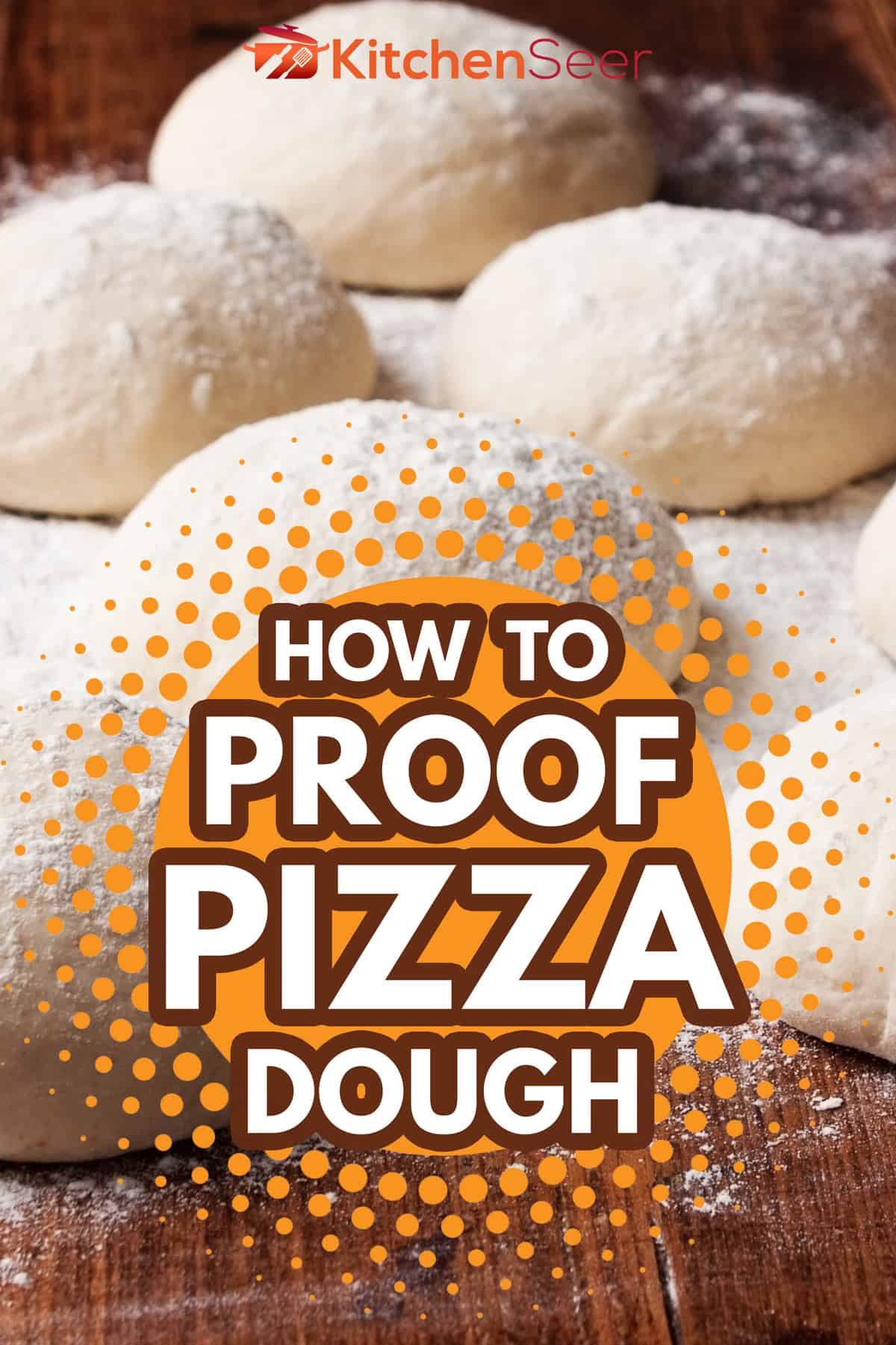
Proofing Pizza Dough

The first thing you want to consider is the type of pizza you are making. Is it Neapolitan pizza? If so, the pizza will need to rise twice. Otherwise, you can go for a single cold-rise.
Still, it depends on your preferences. Some people like the pizza better when they let it rise twice. Others like taking the easier route. Which means they would put the dough in a container and let it rise overnight.
In this regard, you might want to let one pizza dough rise twice and the other once. This way, you can get a sense of which style suits your tastes more. Regardless, we'll go over how to do both!
Proofing the Dough Twice
To start the process, begin by making the dough. The step that follows is to knead it. This way, you help the dough develop gluten.
In a sense, it creates stronger walls that won't crumble from the CO2 it traps. As a result, it helps the dough keeps its structure and shape. Once you finish these steps, you run into the bulk fermentation stage.
In other words, let the dough rise in one single mass. As some pizza operators suggest, bulk fermentation creates a pie with more structure and chew. As far as handling the dough goes, the dough becomes tighter and less easy to stretch.
You also get a lot more leoparding on the crust. If you're not familiar with this term, it refers to the leopard-like charred pattern you'll find on a pizza.
Bulk Fermentation

When you want to bulk ferment the dough, you'll need to place it in an airtight container. Otherwise, a bowl with plastic wrap will do. As long as the dough has a cover, the dough should do well. This way, the surface of the dough doesn't dry out.
Depending on the type of dough you make, proofing the dough will take 2 to 24 hours. If you're going for a Neapolitan-style pizza, let it rise for 12 hours minimum. Eighteen hours would be preferable.
Of course, if the dough rises too quickly, move it to another area with a lower temperature.
Balling
After the bulk fermentation stage, you can divide the dough into individual balls. Separate the dough into 8 ounce balls. Ball the dough by folding it in itself.
Final Rise
Now, you're going to let the dough balls rise a second time. The time you wait depends on how you're planning to do it. If it's at room temperature, you can let it proof from 1 to 24 hours.
If you're going the cold-rising route, the dough will need to proof for 24 to 72 hours. After this period, you're ready to make your pizza!
Single Rise
As you can see from the steps above, letting the dough rise twice can be a lot of work. Do you have the time to watch over the dough for the initial rise? It's safe to say you might not.
So, we'll have to look at the easier ways to let the dough rise. Luckily enough, you don't have to do the bulk fermentation process. Some recipes will tell you to separate the dough into portions and let it rise slowly in the fridge.
This option gives you more convenience. It's all about preference. In any case, the steps you'll need to follow are roughly the same.
After kneading the dough, you can separate it into 8-ounce portions. Put the dough balls in an airtight container. You can also use a bowl with plastic wrap.
If you want to prevent the dough from sticking to the container or bowl, you can add a 1/2 teaspoon of olive oil inside. Take the dough ball and cover it with oil on all sides. Wipe the sides of the container for good measure.
From here, you can cover the top and store the containers in the fridge. You can leave them in there to rise for 2 to 3 days. If you'd like a demonstration of the process, here's a YouTube video to help:
How Long Do You Proof Pizza Dough in the Oven?
In some situations, you might want to make the process a lot quicker. Some would recommend placing the dough in the oven to make the process faster. It's a viable option if you don't have time to wait.
Ways To Proof Pizza Dough in the Oven
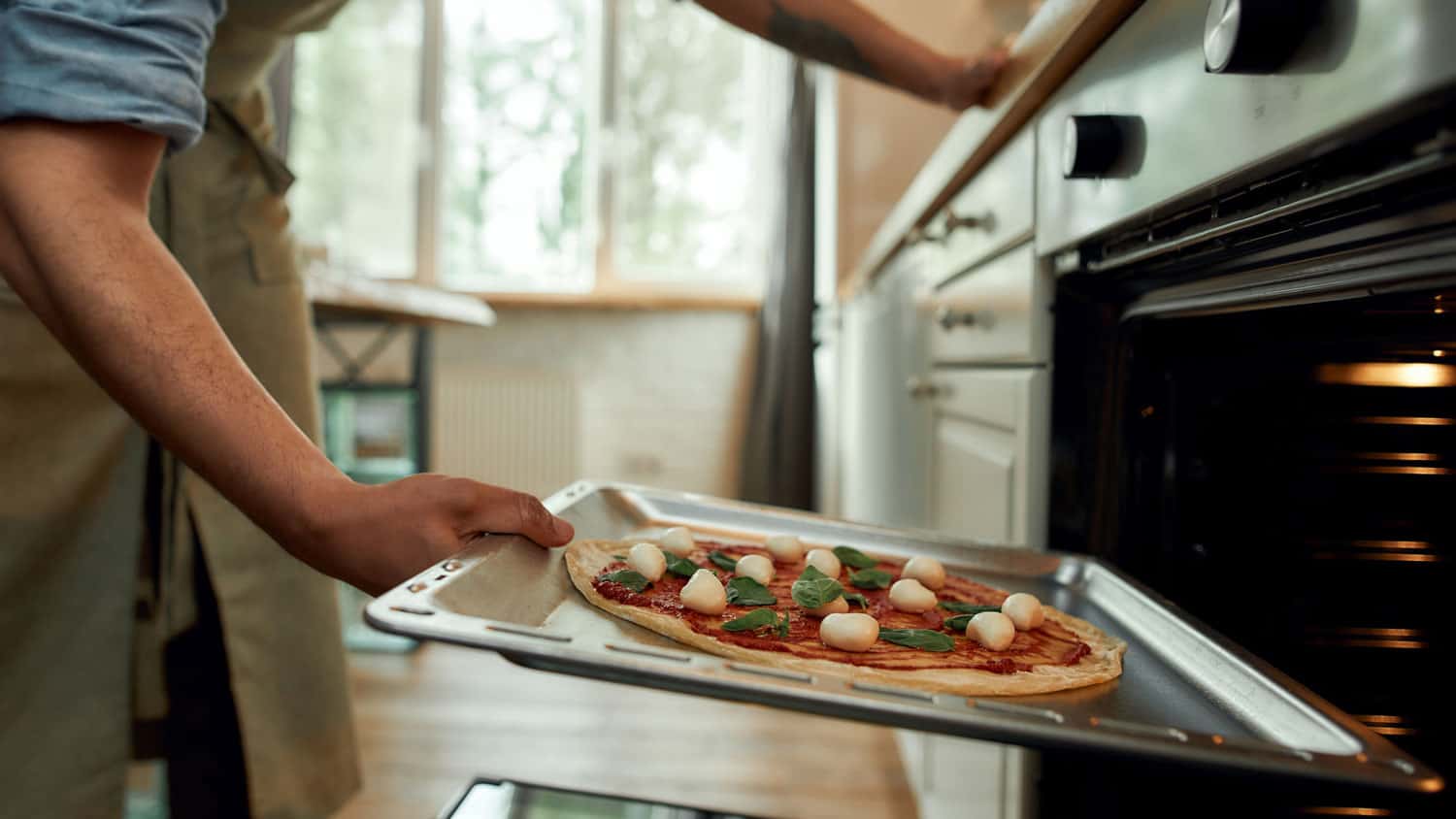
It will depend on the oven you own. Modern ovens will have a proof mode that you can use. If this option isn't available to you, you can turn on the oven light. Then, place the container holding the dough in the oven. It might be warm enough to make the process faster.
If your oven doesn't have a light, we will have to look towards preheating. Set the oven at its lowest temperature setting for 2 minutes. Then, turn it off. From here, you can place the yeast inside as long as you use a covered glass bowl.
Otherwise, the temperature might be too high. And, if the temperature is too high, the yeast will die. More specifically, you want to keep temperatures lower than 120 degrees Fahrenheit.
If your oven reaches temperatures higher than this, you can avoid killing the yeast by placing the container near it, not inside. This way, the heat coming from the oven can help the dough rise faster.
How Long Will It Take?
Regardless of the method you choose, the time you wait depends on how active the yeast is. Some doughs can rise in about 30 to 40 minutes. In the worst case, you might have to wait for 1 to 4 hours for the dough to rise.
Can Pizza Dough Be Over Proofed?
If it's your first time letting a pizza dough rise, you might be wondering if it's possible to overproof it. Unfortunately, it is! There are several visual cues to determine if your dough is over-proofed.
Size
The first would be the size of the dough. You want it to double in size when you're letting the dough rise. If it appears larger than that, your dough is likely over-proofed.
Bubbles
If you let the dough sit out for too long, it can form bubbles. Small ones are usually nothing to worry about. However, larger ones can occur. It can get so large that it's impossible to overlook.
Shape
The last factor to consider would be the shape. When you proof the dough, it should be in ball form. If it has lost this form and become flatter, it's a clear indicator that the dough is over-proofed.
How Do You Know if Pizza Dough Is Under Proofed?
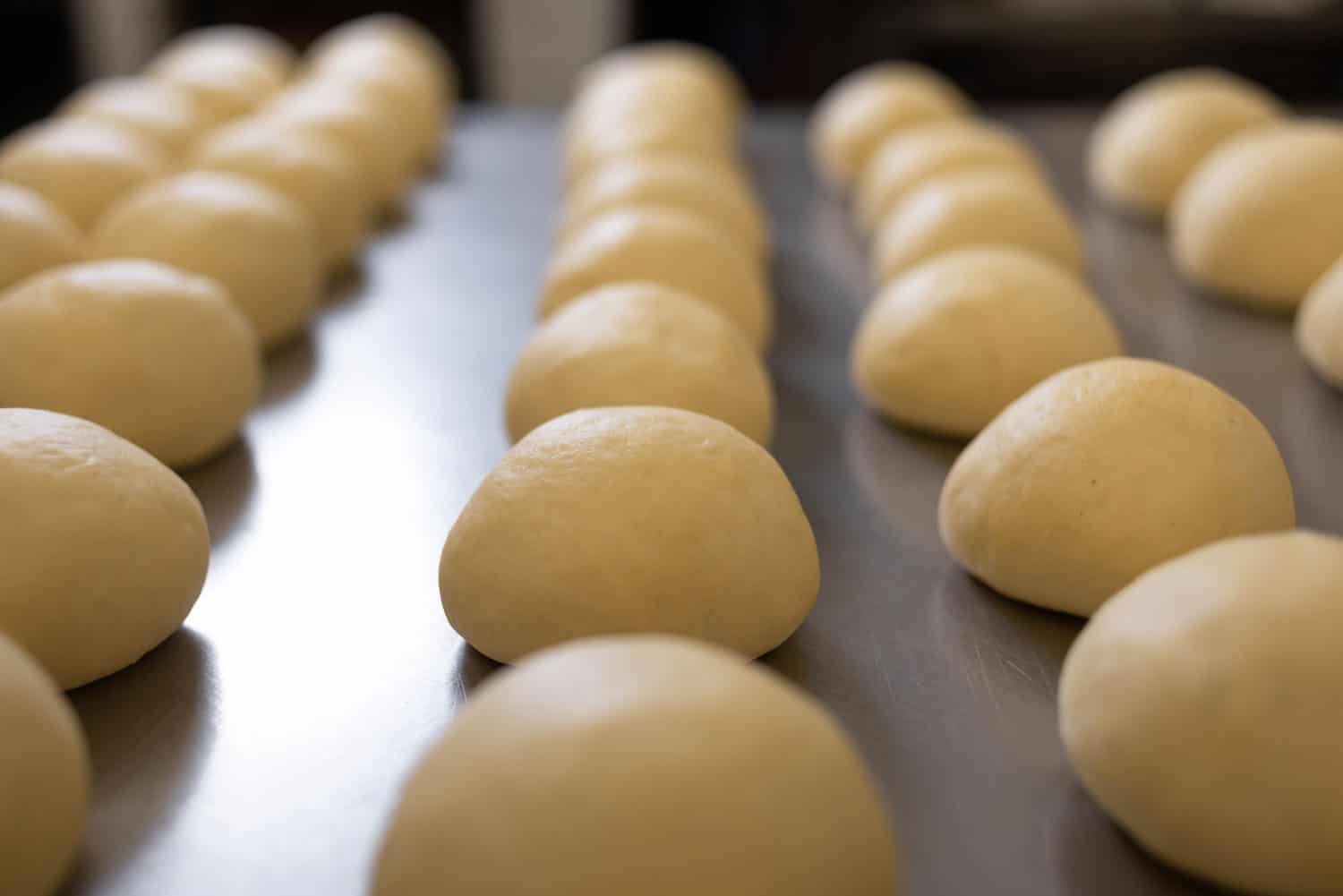
Of course, you'd also have to worry about the opposite case. How can you tell if the dough is not ready? There's a simple test you can perform.
All you need is the help of your fingers. Poke the dough and observe what it does. Does it spring back immediately? If so, it's not ready. You will need to wait longer until it's perfectly proofed.
How Do You Fix Over Proofed Pizza Dough?
Mistakes happen. Maybe you lost focus and let the dough rise for too long. Is it the end of the world? Not really.
Fortunately, there are some ways you can rescue the dough. You will need to degas it first. More specifically, pop any bubbles you see as you're stretching and handling it. Then, reshape it into a ball.
From here, you can let it proof again. If you feel like it's not going to work, you can always repurpose the dough for other recipes. Maybe make bread with it. There's no reason you should let it go to waste!
Here's a YouTube video demonstrating what you can do with over-proofed pizza dough:
In Closing
Whether it's your first time making pizza or not, it always pays to sharpen your skills. As you can see, there are various ways to proof pizza dough. The correct way to do it would depend on your preference. We hope you found the information above helpful!
Before you go, do you have other pizza concerns? Do you need tips on preventing the dough from sticking to the tray? We have some ideas! For more information, check out our post:
How To Prevent Pizza From Sticking To Tray
Do you feel the need to use grease on a pizza tray? We can tell you if that's a good idea! To learn more, check out our post:
Do You Need To Grease A Pizza Tray? [Tips On How To Prepare One]


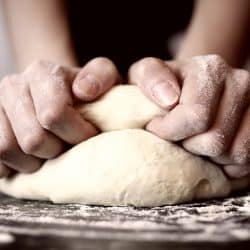

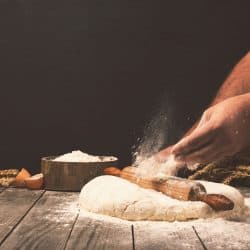
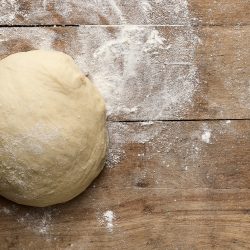
![Chef spreading tomato sauce in the pizza dough, How Much Pizza Dough Per Pizza? [By Pizza Size]](https://kitchenseer.com/wp-content/uploads/2022/02/Chef-spreading-tomato-sauce-in-the-pizza-dough-250x250.jpg)